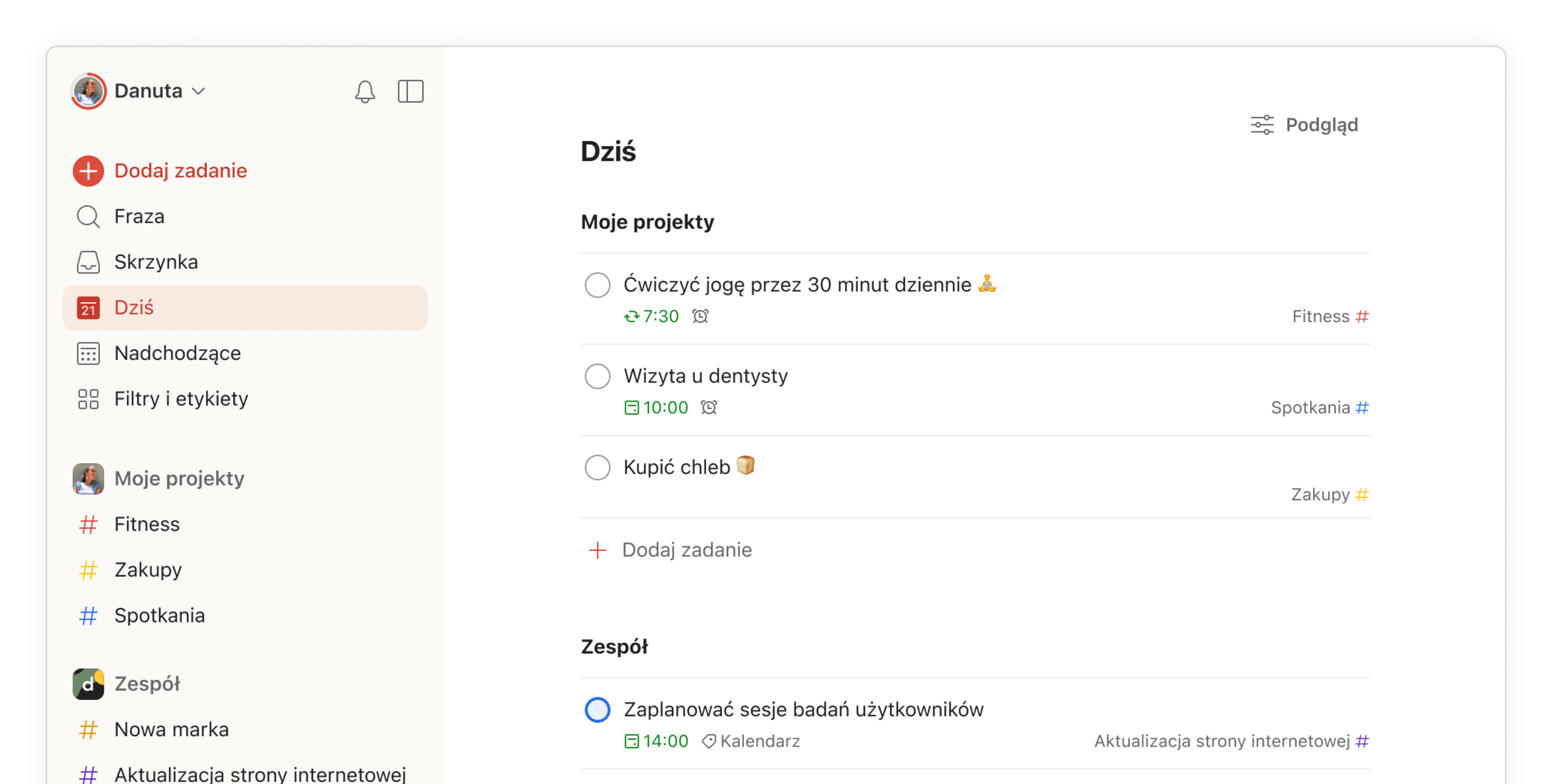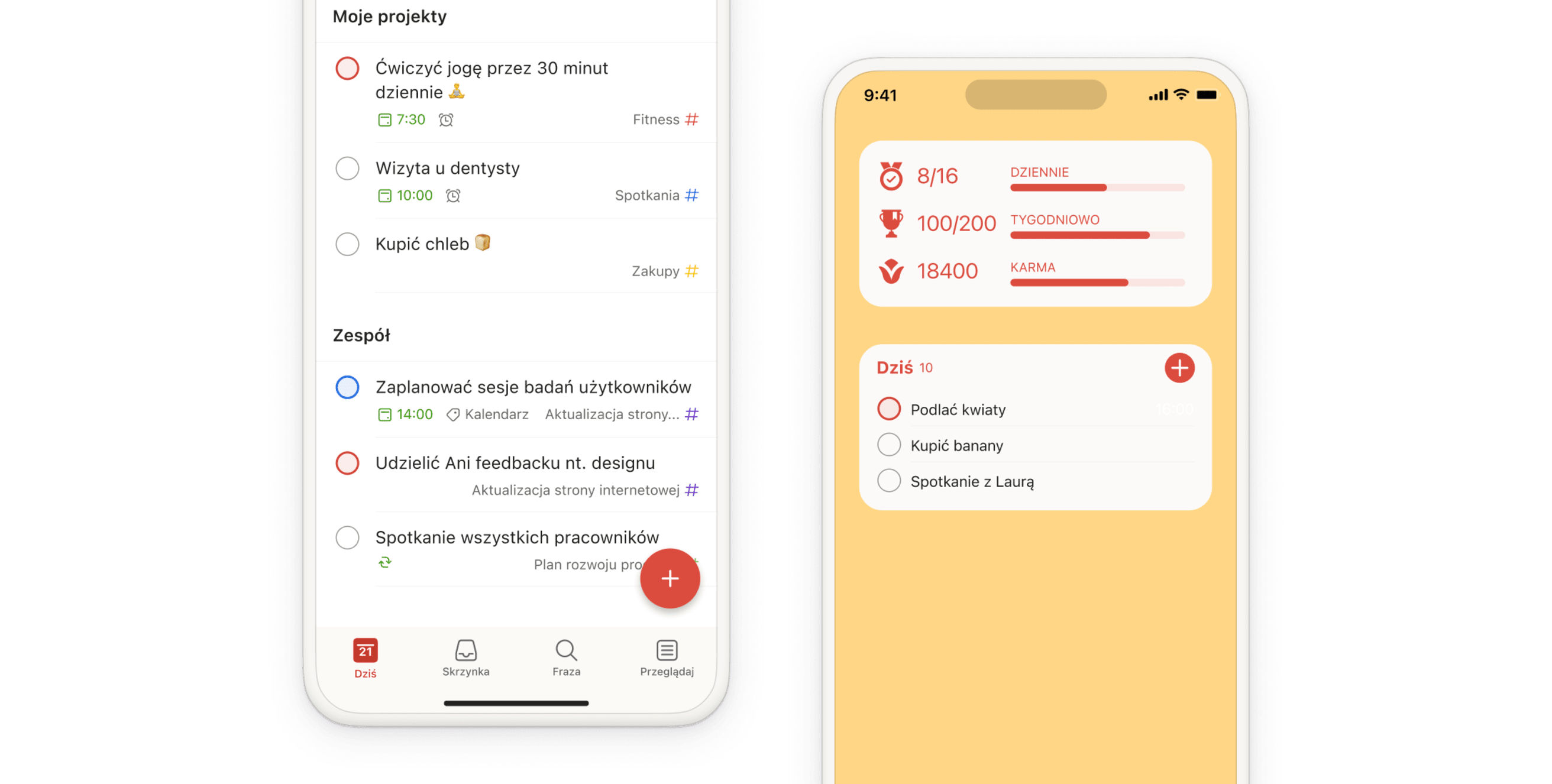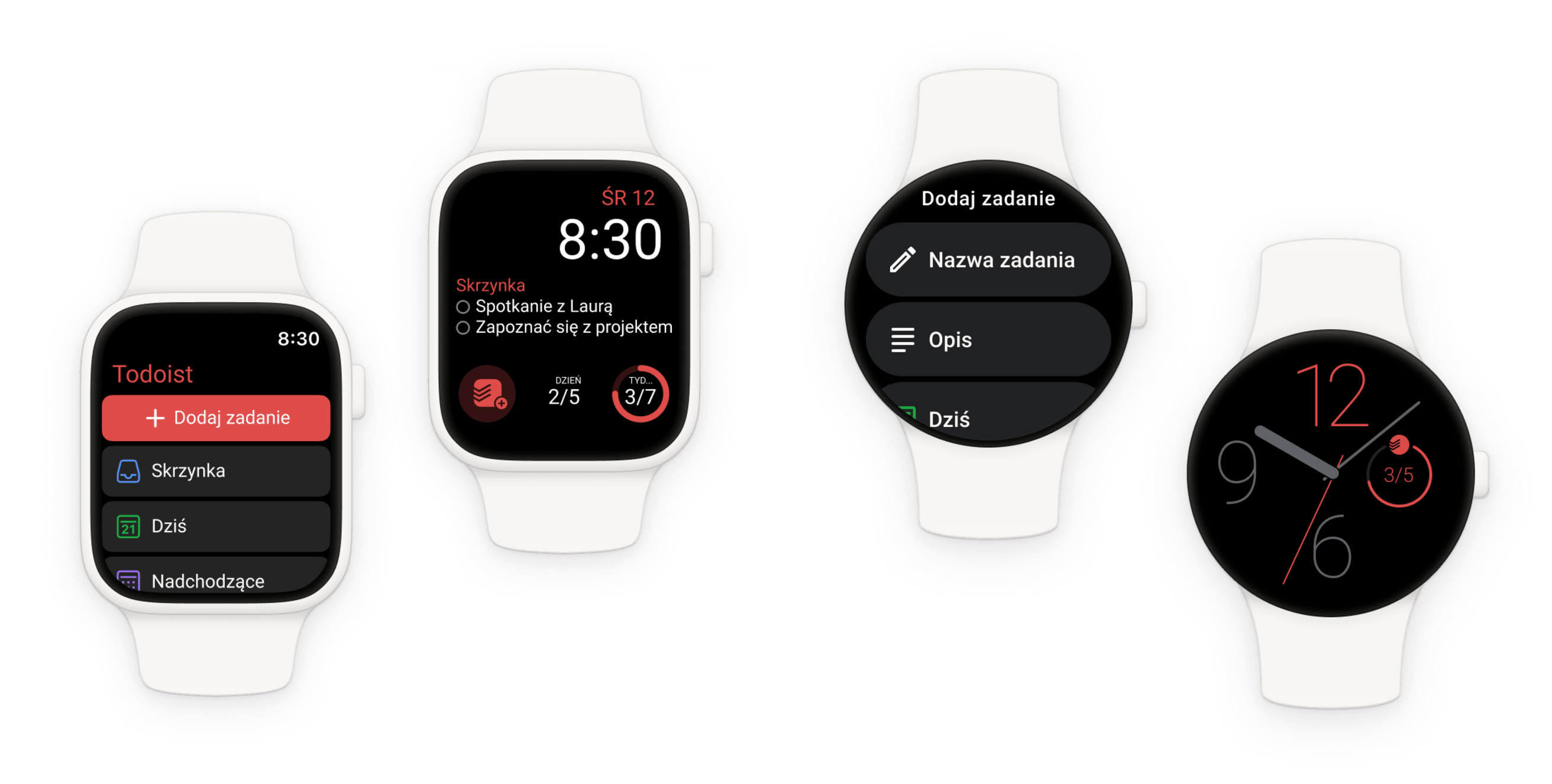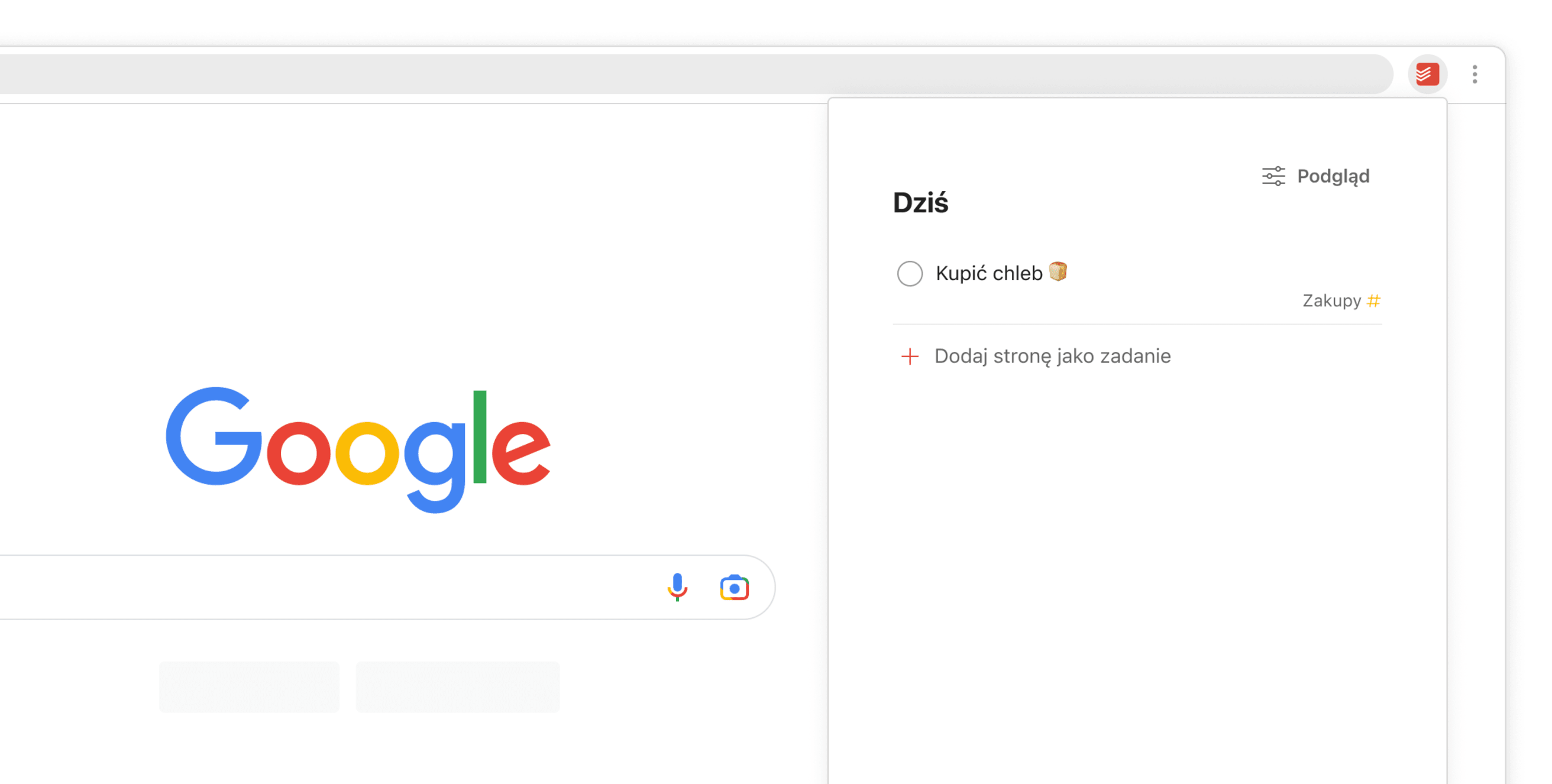Produktywność zespołu staje się prosta
Bądź na bieżąco ze współdzielonymi zadaniami, projektami i terminami. Stworzony dla zespołów, które nie lubią komplikować sobie życia.











Dostępny na każdym urządzeniu używanym przez Twój zespół
Dzięki synchronizacji w czasie rzeczywistym na ponad dziesięciu platformach, każdy będzie zawsze miał dostęp do aktualnych informacji.







Zacznij współpracować w kilka sekund
Wystarczająco prosty, aby każdy członek Twojego zespołu mógł go szybko opanować, ale odpowiednio zaawansowany, aby realizować najbardziej ambitne plany Twojego zespołu.
„Współpraca jest niezwykle szybka i płynna. Skomplikowane zarządzanie projektami nie jest konieczne”.

Intuicyjnie zorganizowana praca zespołowa
Zapewnij zespołowi wspólną przestrzeń do współpracy w ważnych projektach, jednocześnie dając możliwość realizacji osobistych zadań i projektów każdego użytkownika.
„Potrzebujemy przestrzeni, w której możemy pracować synchronicznie i mieć jasno wyznaczone zadania – bez ponoszenia wygórowanych kosztów za złożone platformy do zarządzania projektami. Todoist daje nam dokładnie to, czego potrzebujemy”.

Prosty i transparentny plan cenowy
Utwórz zespół bezpłatnie, a później
US6 $za użytkownika/miesiąc
72 $ w rozliczeniu rocznym
wspólna przestrzeń robocza zespołu
nawet 500 projektów zespołu
1 tys. członków zespołu i gości
1 tys. folderów projektu
role w zespole i uprawnienia
pojedyncza płatność za cały zespół
Zmotywowani ludzie tworzą niepokonany zespół
Wszystko, czego Ty i członkowie Twojego zespołu potrzebujecie, aby poradzić sobie z wyzwaniami w pracy i życiu codziennym.
„Możliwość filtrowania zadań według przestrzeni roboczej to dla mnie prawdziwy przełom. Widok Dziś nie jest już zapełniony zadaniami, zanim mój dzień pracy tak naprawdę się zaczął”.

Przejrzystość w zakresie dysponowania danymi i kontrola uprawnień
Twoje dane należą wyłącznie do Ciebie. My jedynie pomagamy Ci je chronić.
Odkryj więcej sposobów korzystania z Todoist
Todoist został stworzony przez w pełni zdalny i niezależny zespół
Nie polegamy na kapitale inwestorów, czy akcjonariuszy. Jesteśmy ponad 100-osobowym zespołem rozproszonym w ponad 30 krajach, zaangażowanym w prowadzenie zrównoważonego biznesu przez nadchodzące dziesięciolecia.


